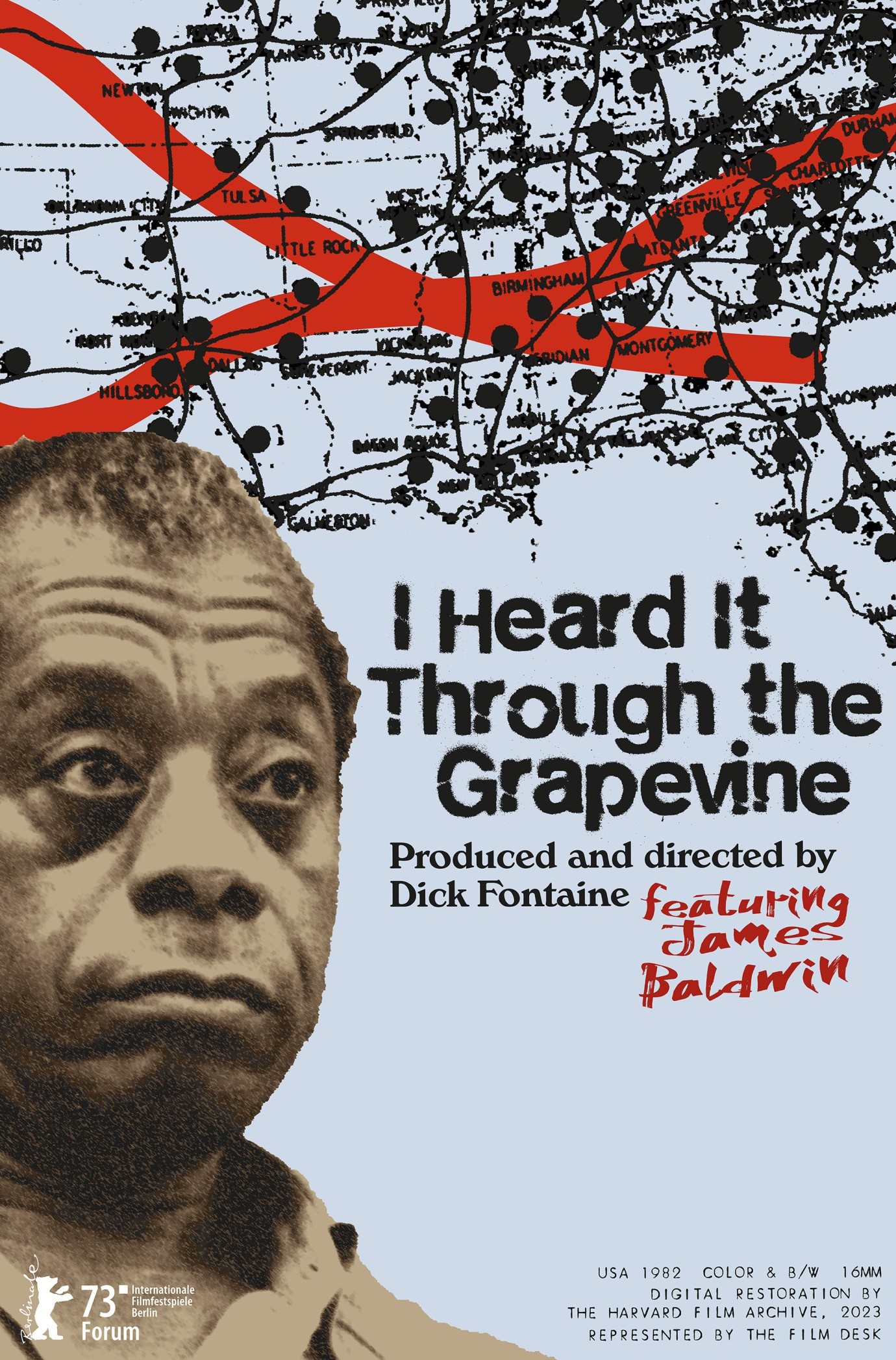Baldwin first journeyed to the South in 1957, summoned back to his native country (on which he’d kept a watchful eye from Paris) by efforts to integrate the public schools, which the white populace and law enforcement met with feral, often murderous indignance. The film trails him through Atlanta; Birmingham and Selma, Ala.; Bunkie, La.; and various other pit stops across the South in the 1980s, when he returns, at least in part, to survey the afterlife of the civil rights era’s achievements and, in more than one instance, the deteriorating conditions of the Black populations in the cities he revisits. Along the way, he reunites with old friends and longtime comrades, an impressive roster of luminaries: Sterling Allen Brown, Hosea Williams, Fred Shuttlesworth, Lonnie King (cofounder of the Atlanta Student Movement), Oretha Castle Haley, Amiri Baraka, and Chinua Achebe. Like Baldwin, they have all lived long enough to be miserably disappointed. Lonnie King tells the writer that, in retrospect, their expectations were too low. “Had we taken a broader view,” King says, “we would’ve known that the battle really wasn’t about integration, but it was about economics.” Indeed, Hosea Williams explains in one scene that he believes the real reason King was assassinated was that he had turned his sights to the redistribution of wealth.
The film stitches past and present together in a collage of ongoing protest, the cries of the politically committed kindled with derision for what has widely passed as progress despite having fallen woefully short of their demands. The statehouses of Georgia and Louisiana are now swelled with newly elected Black officials, but these victories have been almost entirely cosmetic—little more than pageantry—when economic disparity has spiraled otherwise unchecked. The marble monuments and towering high-rises of the modern urbanscape, emphasized by Fontaine and Hartley, render a hollow portrait of contrition and prosperity. Baldwin appears before a number of concrete courthouses, looming brutalist structures that cast a chilling shadow upon the civilians strolling below. Chromatic, present-day scenes are intertwined with (and often resemble) archival black-and-white footage of marches, speeches, protests, press conferences, and the all-too-familiar imagery of violent mob assaults; decades collapse within the blink of a swift cut, knotting the timelines together.
